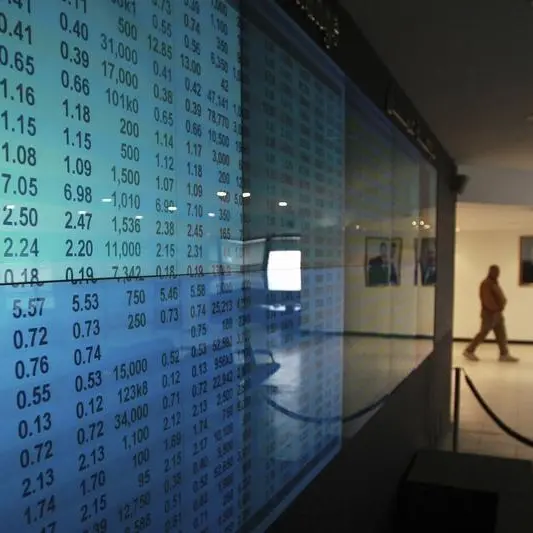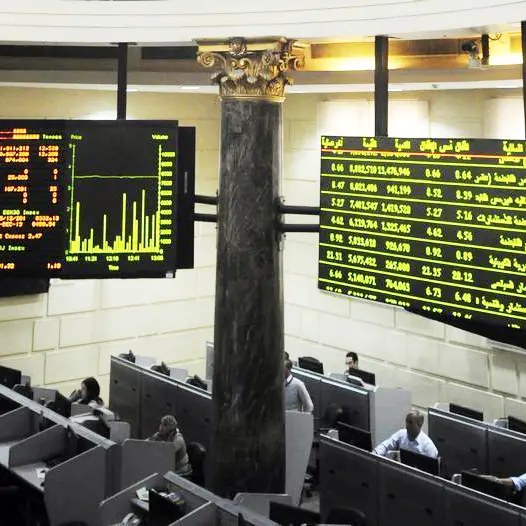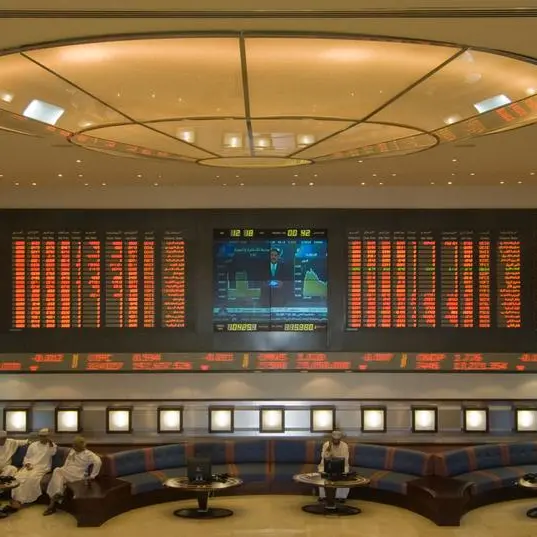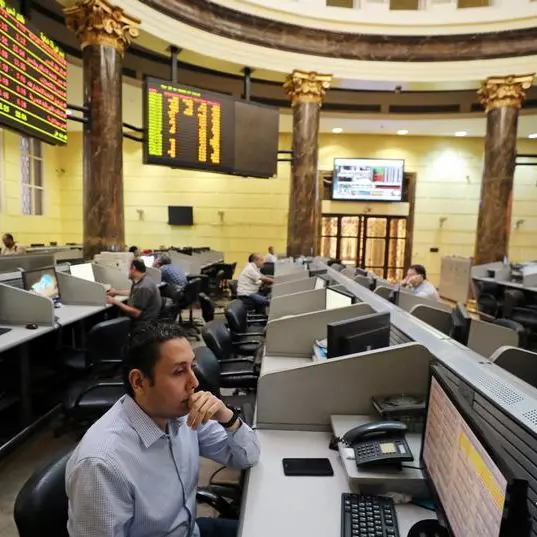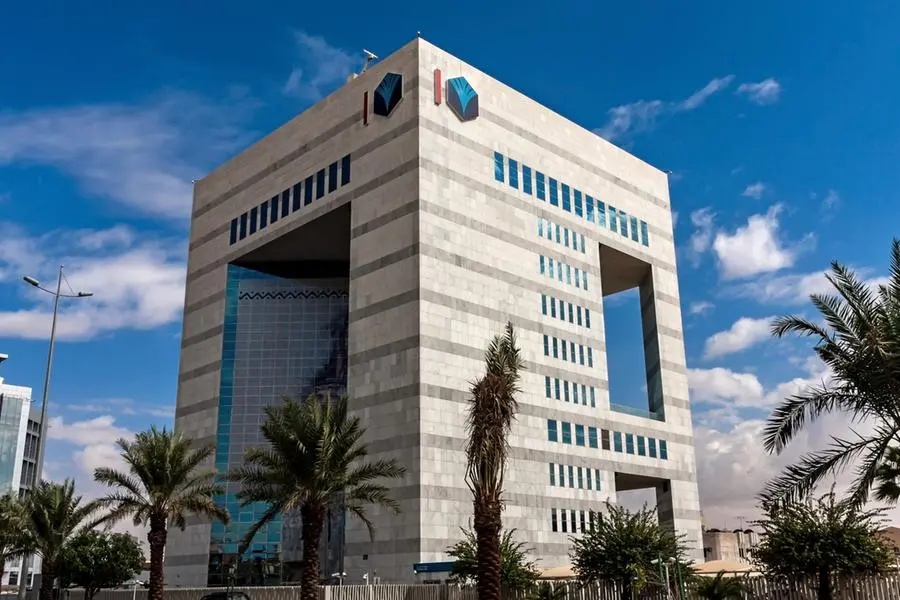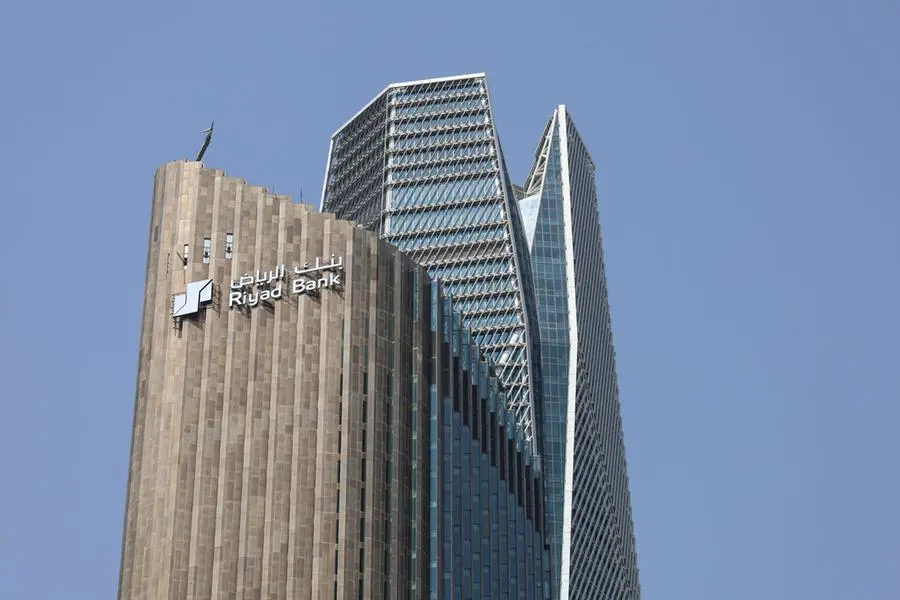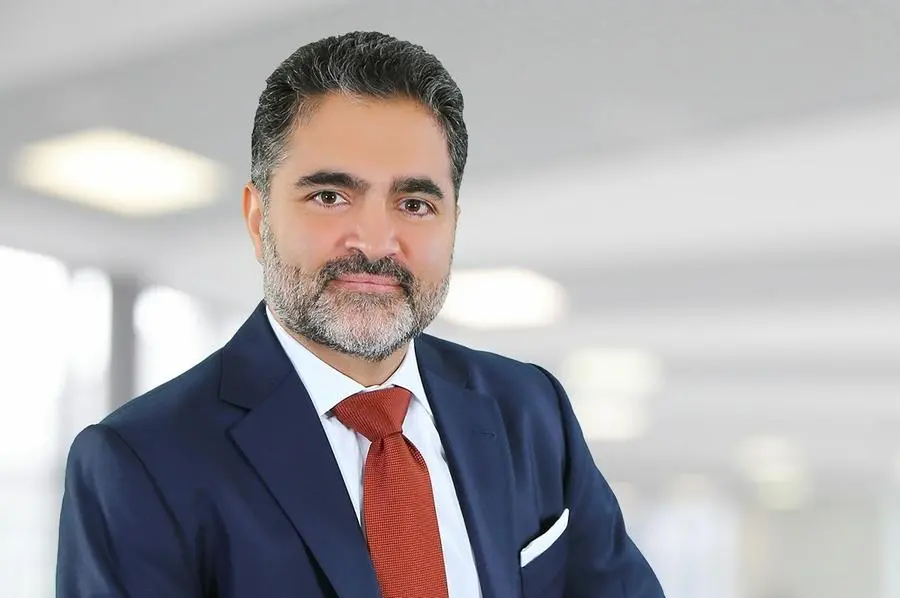PHOTO
Image used for illustrative purpose. An investor holds the tasbeeh as he monitors electronic boards displaying stock information
Thursday, Jun 16, 2016
Dubai: On the demand side, the institutional demand for high quality liquid assets are expected to keep sukuk demand high. As we get closer to the deadline of Basel III implementation, the lack of liquidity management instruments in Islamic finance is pushing this issue to the forefront.
Among the global economic developments, one positive driver for sukuk issuance could be the European Central Bank’s quantitative easing (QE) that might prompt some European investors to take positions on higher-yielding but riskier emerging-markets assets such as sukuk. Negative interest rates in Europe and Japan also are likely to attract investor of Gulf sukuk issues.
In 2015, the market saw $11.3 billion (17 per cent to the total) in sukuk issuance for liquidity management purposes. The International Islamic Liquidity Management Corp. alone issued $6.4 billion and is actively working on providing solutions to the market. Other stakeholders such as sovereign and central banks are now conscious of the role they have to play. In 2015, the market also saw another $4.9 billion issued in form of capital-boosting sukuk by financial institutions in the GCC and Malaysia.
“The implementation of Basel III and its new liquidity coverage ratio (LCR) could increase offerings of liquidity management instruments and could help address some of the industry’s long-standing weaknesses, particularly the lack of high quality liquid assets (HQLA),” said Mohammad Damak, a credit analyst with Standard & Poor’s.
Credit rating agencies expect that the implementation of Basel III and its new LCR will increase offerings of liquidity management instruments while issuers are likely to list more of their sukuk on exchanges and that some regulators will start to accept sukuk as collateral for liquidity provisions. From last year the UAE Central Bank started accepting a wide range of sukuk as collateral for banks to access its special lending facility.
In October 2014, the Islamic Finance Services Board (IFSB), an international standard-setting body of regulatory and supervisory agencies published guidance on measures for liquidity management in institutions offering Islamic financial services. This note (IFSB-GN-6) set three main characteristics of high quality liquid assets (HQLA): low correlation with risky assets, an active and sizeable market, and low volatility.
This guidance for Islamic financial institutions also specifies how Islamic banks should implement the LCR and the net stable funding ratio related to Basel III. Most Islamic Bank liquidity management instruments consist of low-profitability assets, such as cash and central bank deposits.
Besides cash and deposits with central banks, HQLA include sukuk that highly rated sovereigns, central banks, MLIs, and public sector enterprises’ issues in local and foreign currencies. They can also include other instruments with specific haircuts on their values and subject to an overall limit in the HQLA mix.
In this context, analysts say high quality and local currency sukuk offerings to increase because these instruments are part of the Level 1 HQLA definition of the IFSB.
By Babu Das Augustine Banking Editor
Gulf News 2016. All rights reserved.

